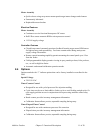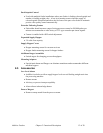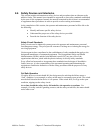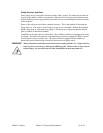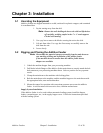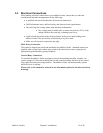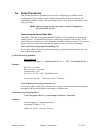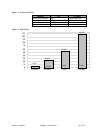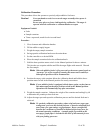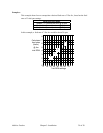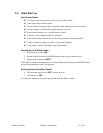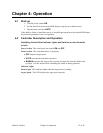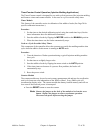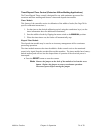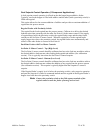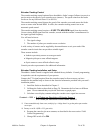Additive Feeders Chapter 3: Installation 19 of 50
Calibration Procedure
This procedure allows the operator to precisely adjust additive feed rates.
Caution! Never put hands or tools in or near the auger assembly when power is
connected.
Do not wear gloves or loose clothing during calibration. The auger is
exposed when the calibration or cleanout hatches are open.
Equipment Needed:
• Scale
• Sample container
• Timer- stopwatch, watch/clock w/second hand
Procedure
1. Close cleanout and calibration hatches.
2. Fill the additive supply hopper.
3. Weigh the empty sample container.
4. Swing open the calibration hatch near the main throat.
5. Set the controller to a desired RPM.
6. Place the sample container below the calibration hatch.
7. Hold the three-position motor switch in the Manual position for about a minute.
This lets the new setpoint stabilize and fills the auger flights with material. Discard
the first sample.
Note: When the additive feeder is first powered up, the motor control needs to
“warm up” for a few seconds by running the motor until it stabilizes.
Subsequent operation will be instantaneous.
8. Position the empty scale container below the calibration hatch and hold the three-
position motor switch in the Manual position for exactly one minute.
Note: If your additive feeder is equipped with the timer option, set the timer to
one minute and put the three-position switch in the Manual position.
Operation will automatically stop after one minute.
9. Weigh the sample container. Subtract the weight of the container and multiply by 60
to determine the pounds per hour feed rate.
10. Adjust the auger rpm and repeat the calibration process until the desired feed rate is
achieved.
Note: To speed the calibration procedure, reduce trial and error auger rpm
settings and zero in on the desired feed rate. Chart the calculated feed
rates from a few rpm settings on graph paper. Draw a straight line
between the coordinates to establish a customized feed rate curve for
the actual operating conditions. A sample graph is provided on the
next page; graph paper is included in the back of this manual for use
with your feeding processes.



